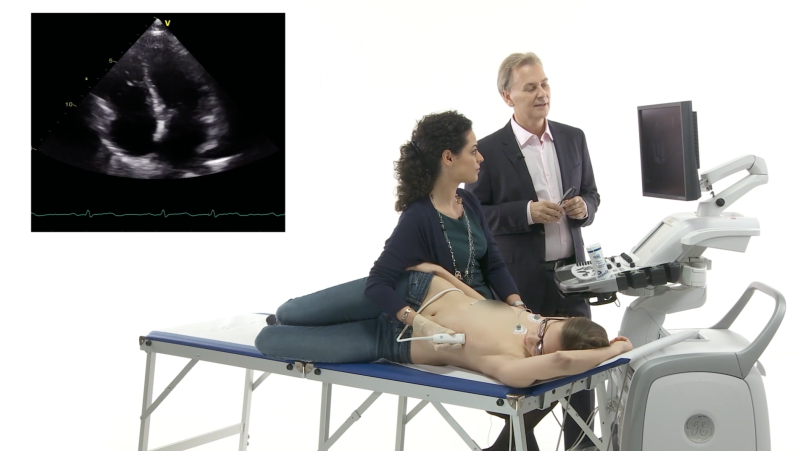The Cloud Forest of Echocardiography
Textbooks and lectures are excellent sources of facts. However, these are not enough when one has to interpret images, such as those of an echo study. This came to my mind when I was on vacation in Costa Rica. Read on and you will find out what a walk through the beautiful cloud forest of Monteverde in Costa Rica has to do with echocardiography.
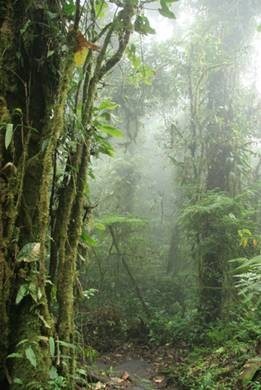 The Monteverde cloud forest reserve located 1400 meters (4600 feet) above sea level in the highlands of Costa Rica
The Monteverde cloud forest reserve located 1400 meters (4600 feet) above sea level in the highlands of Costa Rica
Finding a stick in the forest
Monteverde is one of the few cloud rain forests still left on this planet. It is home to numerous mammals, birds, amphibians and plants.
Despite its wealth of fauna and flora, one needs a trained eye to discover the secrets of the cloud forest. Here are some of the branches our guide Alfredo pointed out to us while walking along the path:
 Just a few branches? Or can you discern the "walking stick insect" on this picture I took?
Just a few branches? Or can you discern the "walking stick insect" on this picture I took?
Well, it took me some time to spot this creature:
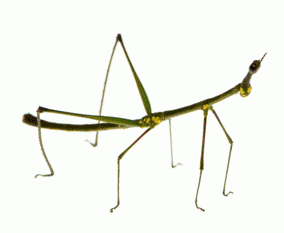 The walking stick insect (Phasmadodea) is not only one the best examples of camouflage, but also demonstrates a very peculiar mating behavior. In the mating season some species couple for weeks.
The walking stick insect (Phasmadodea) is not only one the best examples of camouflage, but also demonstrates a very peculiar mating behavior. In the mating season some species couple for weeks.
Without Alfredo's help I would not have seen the ant-eaters, spider monkeys, sloths, frogs and many birds which were hidden behind roots, leaves, branches and rocks. But why are his eyes better than mine?
To see the "impossible"
When asked, Alfredo simply answered: "I have worked in the forest for 25 years. My eyes are trained to recognize certain patterns of shape, color and motion. I don't try to find, I just see. To me the branch somehow looked awkward."
Isn't this exactly the skill required of an expert in echocardiography as well?
Detecting without searching
Do you have this skill? Here is a test: just look at the following echo very briefly - no more then a few seconds. What do you see on this clip?
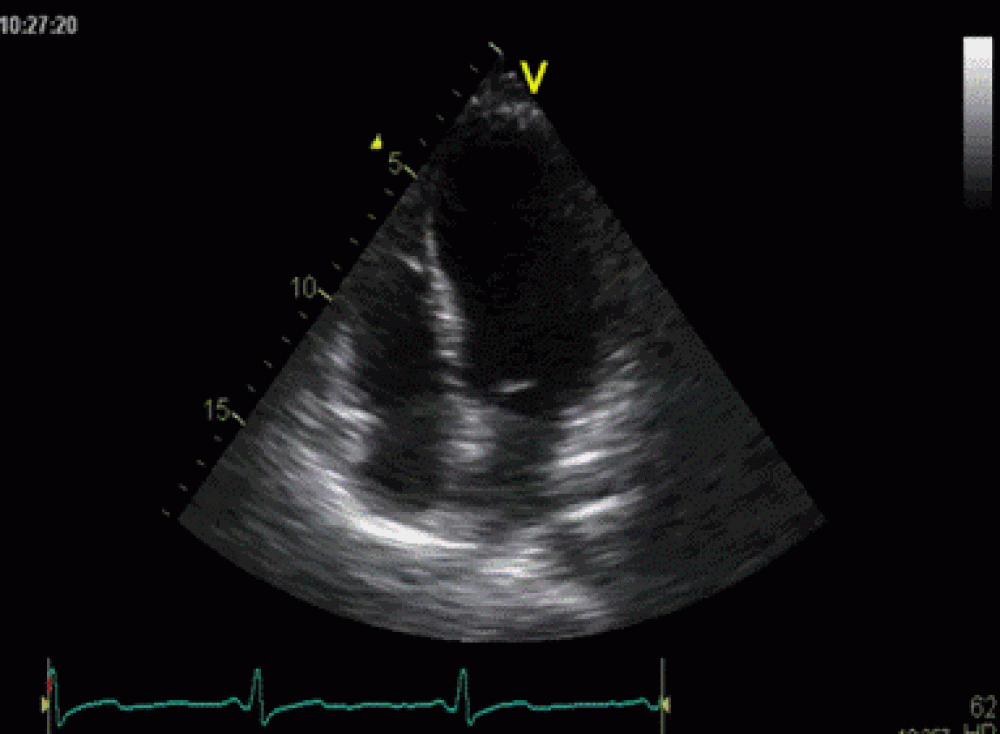 Four-chamber view
Four-chamber view
I am sure most of you spotted the anteroseptal wall motion abnormality. But is there more to see? Here is a close-up:
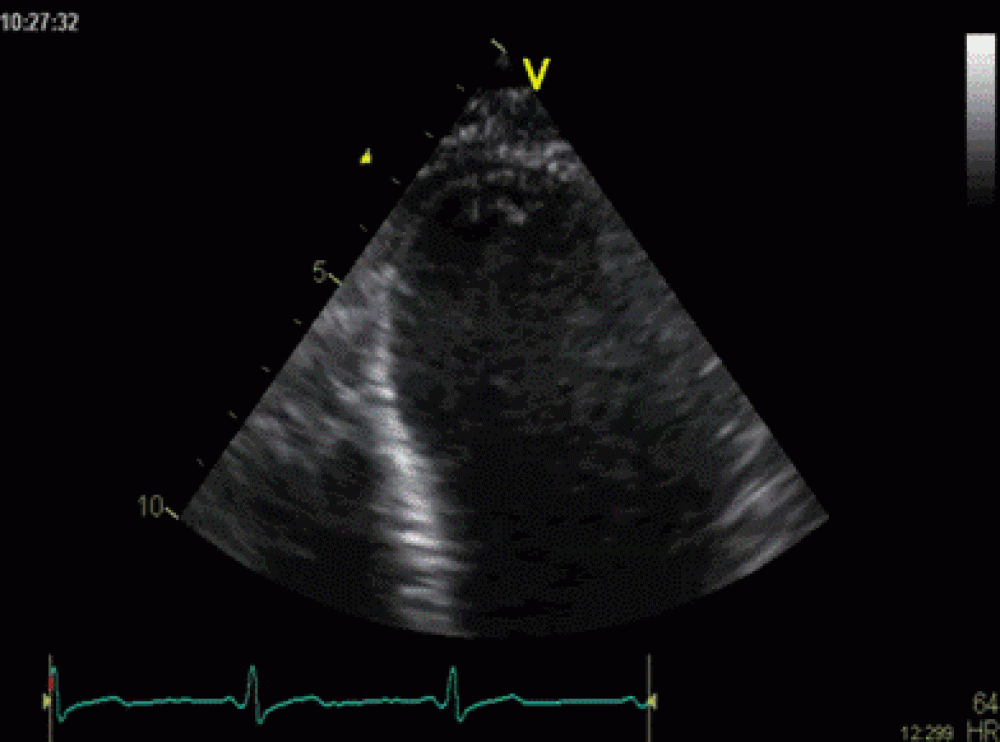 Zoom view of the apex on a four-chamber view
Zoom view of the apex on a four-chamber view
If you detected the small apical thrombus, you are the "Alfredo of echocardiography". To prove that there truly is a thrombus, here is the contrast study:
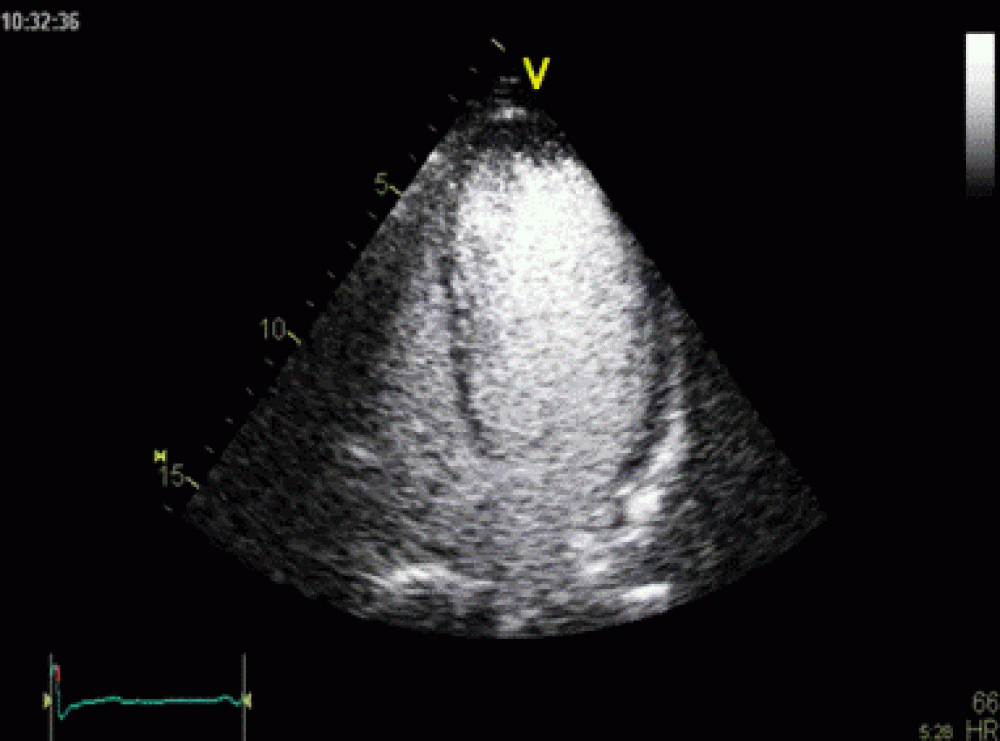 Note that the contrast omits the region where thrombotic material is present.
Note that the contrast omits the region where thrombotic material is present.
Pattern recognition
Do you see the "awkward pattern"? The irregular contour of the endocardium? The motion of the structure? Do you note that it is visible throughout the cardiac cycle? All of these image characteristics in the presence of a regional wall motion abnormality should help you detect the thrombus.
You don't have to ‚"search". All you need to do is "see". Just as Alfredo did not actively look for the stick insect but simply noticed it as he walked by.
The key points:
What did we learn?
1) Don't walk through the "jungle of echo" alone if you want to learn. Let a guide like Alfredo show you what there is to see.
2) Spend as much time as possible in the “forest”. This is the only way to experience the “diversity” of echo.
3) Discover more about the "animals" on the echocardiogram. If you know their behavior, when and where they like to hide, you will know when to suspect them.
We from 123sonography want to be "your Alfredos". We would like our platform to be a diverse habitat filled with pathologies similar to the cloud forest of Monteverde. Spend a few months here with us and you will be fit - not only to name and see the "fauna and flora of echocardiography", but also learn more on how to survive in the "jungle of medical practice".
You should seriously consider attending our Masterclass, which will boost your echo skills instantly.
To find out more about the Masterclass, click this link: Echo MasterClass
So take good care and see you in the Masterclass!
Yours Thomas Binder & the 123sonography team
Recommended articles:
A Conference and a Case
Far From Home
The African “Beauty” and its “Beast”



